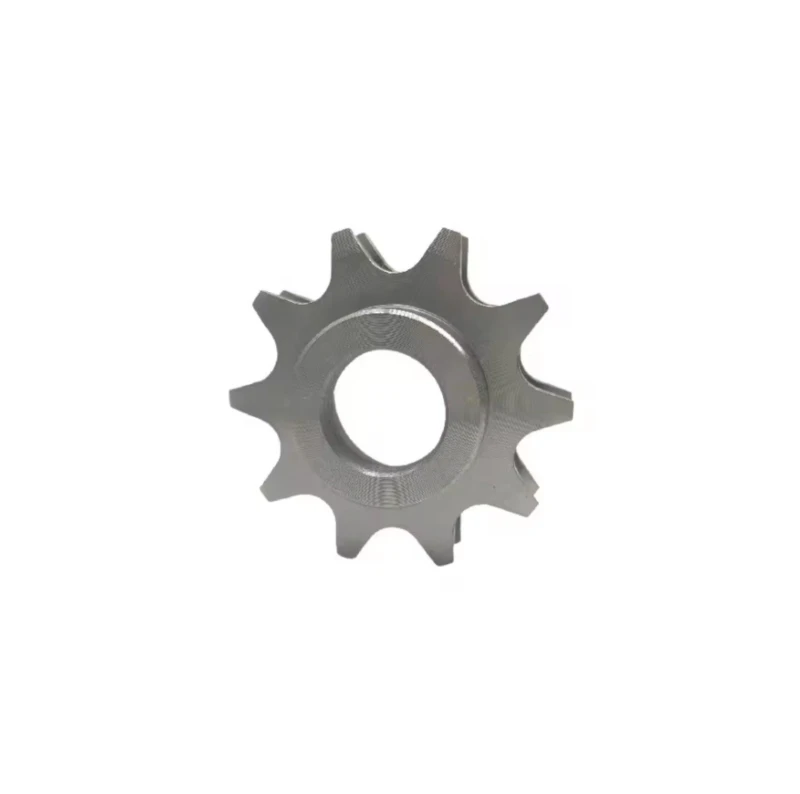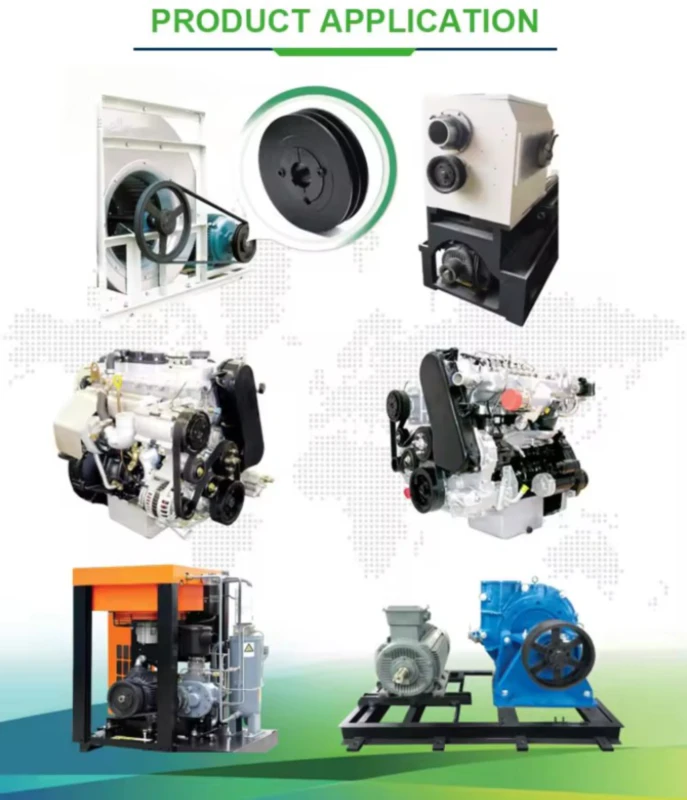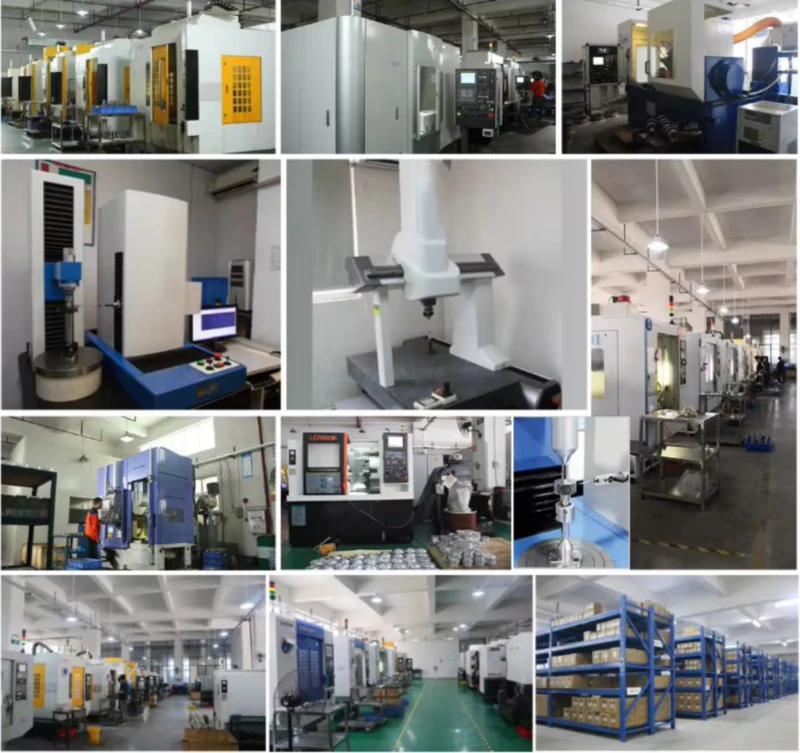Sprocket Wheel in Bicycle Transmission

Introduction
In the world of bicycle transmissions, the sprocket wheel plays a crucial role in transferring power from the rider’s legs to the wheels. This small, yet significant component is responsible for determining the gear ratio and overall performance of the bicycle. In this article, we will explore the various aspects of the sprocket wheel and its impact on bicycle transmission.
1. Understanding the Sprocket Wheel
The sprocket wheel, also known as a cog, is a toothed wheel that engages with the bicycle chain. It is typically mounted on the rear wheel hub and connected to the crankset through the chain. The number of teeth on the sprocket wheel affects the gear ratio, determining how much power is transferred with each pedal stroke.
2. Importance of Gear Ratio
The gear ratio, determined by the combination of front chainrings and rear sprocket wheels, plays a crucial role in a bicycle’s performance. A higher gear ratio provides more power and speed, ideal for flat terrain or downhill rides. On the other hand, a lower gear ratio offers easier pedaling, making it suitable for uphill climbs or rough terrains.
3. Different Types of Sprocket Wheels
There are various types of sprocket wheels available in the market, each catering to different riding styles and preferences.
3.1 Single-Speed Sprocket Wheels
Single-speed sprocket wheels feature a fixed gear ratio and are commonly used in urban commuting or track cycling. They offer simplicity and low maintenance, making them popular among riders who prefer a hassle-free riding experience.
3.2 Multi-Speed Sprocket Wheels
Multi-speed sprocket wheels, also known as cassette or freewheel, are designed to accommodate multiple gear ratios. These sprocket wheels enable riders to adjust their gear ratio based on the riding conditions, providing versatility and adaptability.
4. Technical Advancements in Sprocket Wheel Design
In recent years, there have been significant advancements in sprocket wheel design, aiming to enhance performance and durability.
4.1 Lightweight Sprocket Wheels
Manufacturers are now focusing on developing lightweight sprocket wheels using advanced materials, such as carbon fiber or titanium. These lightweight options reduce the overall weight of the bicycle, allowing for improved acceleration and maneuverability.
4.2 Aerodynamic Sprocket Wheels
With the increasing popularity of aerodynamics in cycling, some sprocket wheel designs incorporate aerodynamic features. These sprocket wheels minimize drag and air resistance, enabling riders to achieve higher speeds with less effort.
5. The Future of Sprocket Wheels
As technology continues to advance, we can expect further innovations in sprocket wheel design. From improved materials to optimized gear ratios, the future holds great potential for enhancing bicycle transmission efficiency.

Conclusion
In summary, the sprocket wheel is an essential component in bicycle transmission, playing a crucial role in determining gear ratios and overall performance. Its design, material choice, and gear ratio selection greatly influence the riding experience. As a leading company in the milling machine market in China, we offer a wide range of high-quality sprocket wheels, sprocket chains, motorbike sprockets, and more.
With 300 sets of fully automated CNC production equipment and assembly facilities, we pride ourselves on delivering premium products at competitive prices with exceptional customer service. We welcome customers to customize their sprocket wheels based on their specific requirements.

Author: Czh